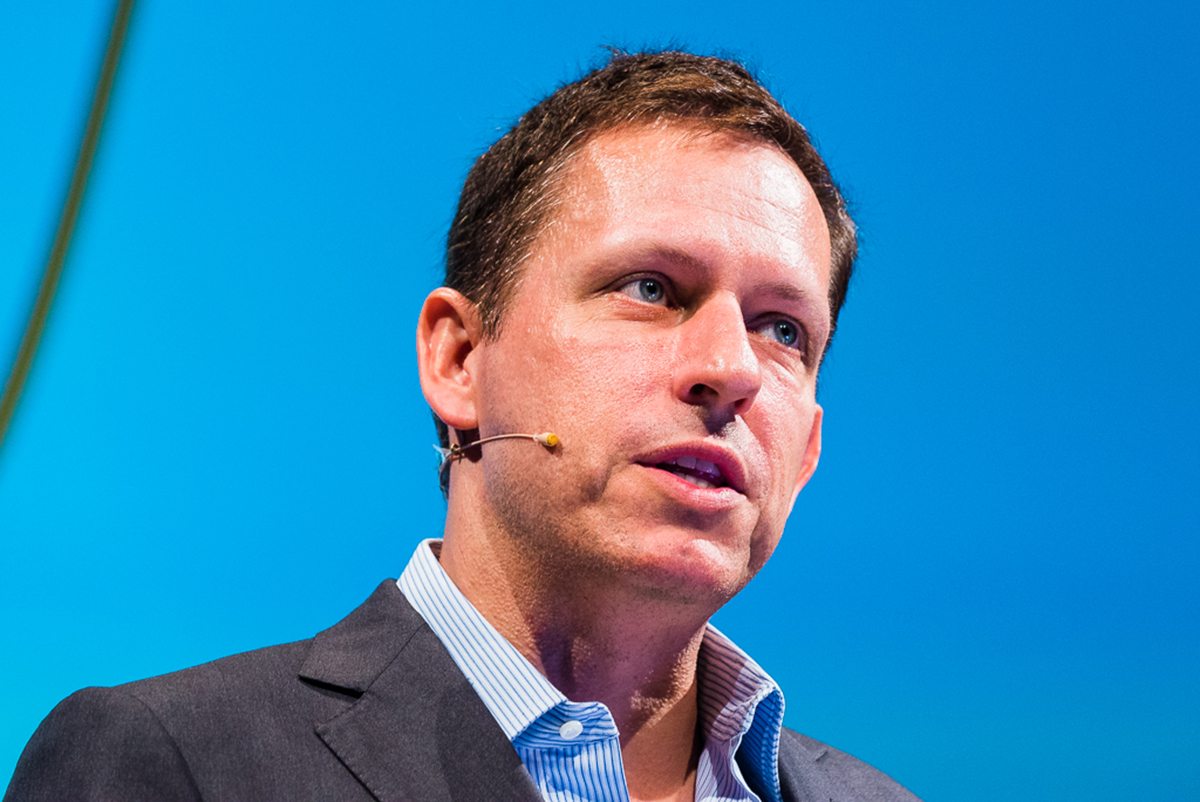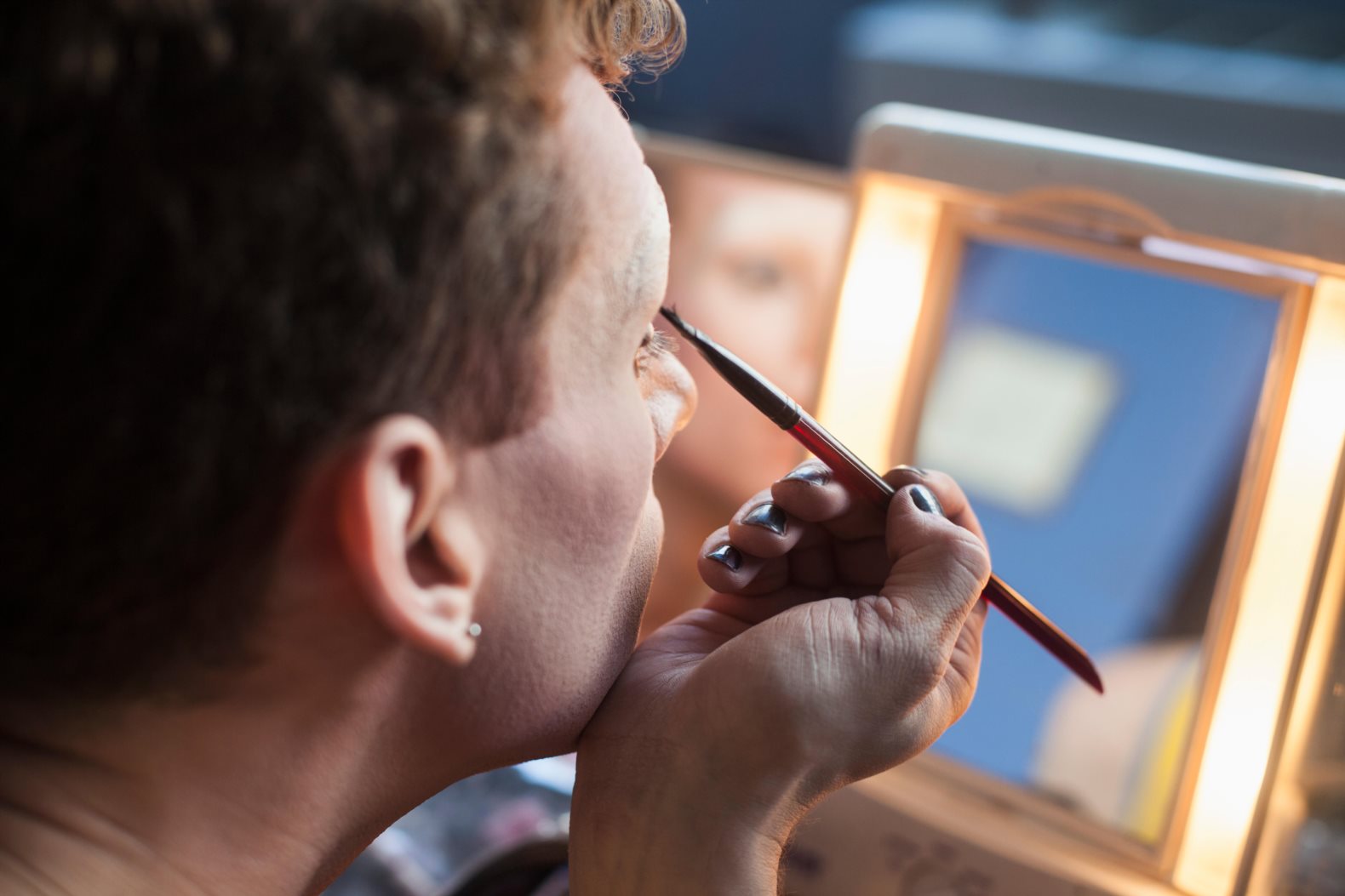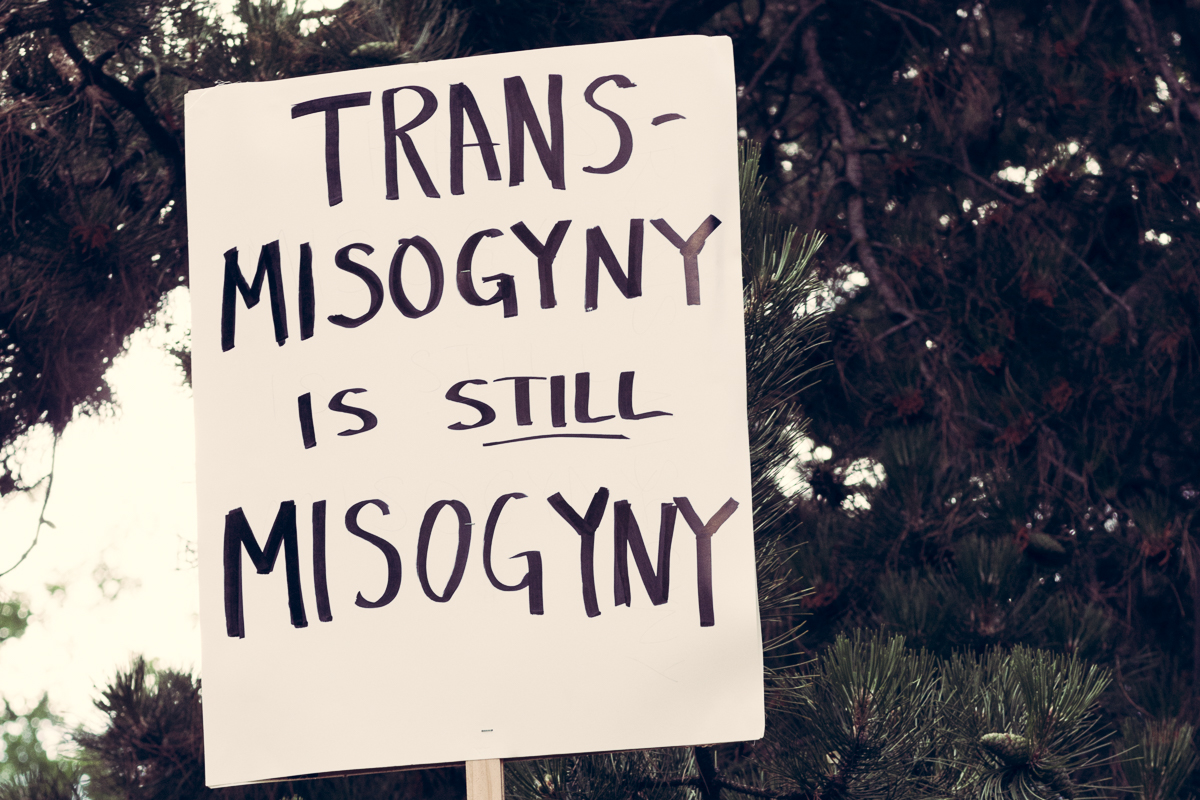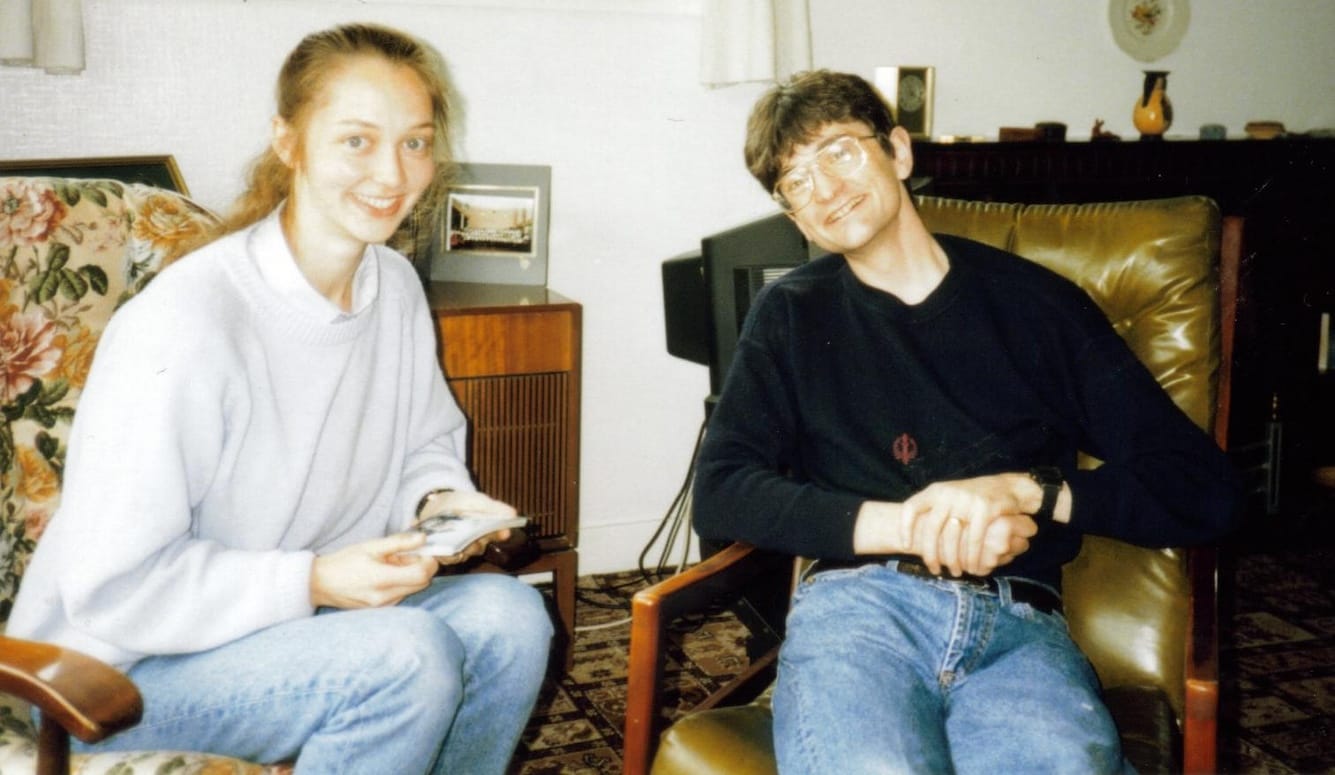Identity
For 30 Years, I've Tried to Become a Woman. Here’s What I Learned Along the Way
The mirror doesn’t lie.

I turned 45 this month. I can’t deny that I’m in my middle years. Although I’ve been blessed so far to avoid noticeable gray hairs, there are unmistakable creases around my eyes and forehead. My hands are even picking up the signature wrinkles and definition that I’ve always associated with “old hands.” Beyond the outward signs of age, I feel it inside. My peak energy levels are lower than they used to be, and the idea of dashing around makes me tired just thinking about it. The aphorism that you’re only as old as you feel may have some truth to it, but one can’t just wish away one’s age.
When I appraise myself in a mirror, looking for signs of aging, I can’t help but look for the signs that betray the sex I was born. Male. A bouncing baby boy, and more or less on that trajectory until my early teen years, when I became convinced that I was actually a girl. It was only a short time later that I started taking little purple Premarin pills, and not much later, sex reassignment surgery.
The mirror doesn’t lie. When I pull my hair back, reducing its feminizing effect, it’s easy to notice my masculine features, especially my brow ridge. You could even say I have a masculine jaw, but I promise it’s a carbon copy of my mother’s. Twenty-seven years of estrogen have changed the façade, but the structure is still as nature made it. I could pay a surgeon to grind away bone to smooth the bumps and ridges, but it wouldn’t change who I am. Believing otherwise is just wishful thinking.
Am I a woman? I used to believe I was. I used to have stars in my eyes. My role model was the Bond girl (and self-described “Transsexual Supermodel”) Caroline Cossey. She was gorgeous and glamorous. If she could do it, couldn’t I? Me, a socially awkward boy who struggled to find brotherhood in the company of boys, who more easily made friends with girls. Why not?
Early in my elementary schooling, I’d been made to see a psychologist to discover why I couldn’t fit in; why I was constantly a target for bullies. I didn’t know that the question was answered, and that it was an issue larger than myself. I continued to wonder what was wrong with me. Maybe I was not supposed to be a boy. It seemed to solve so much.
In the very early days of the modern Internet, there was a non-commercial predecessor to Facebook and Twitter called IRC, or Internet Relay Channel. Using login credentials borrowed from a teacher, I used this chat network to seek out help. And I found it. For a misfit like me, finding a group of people who were accepting and validating was amazing. Maybe even intoxicating. These people understood me—or, even if they didn’t quite understand me, they would at least listen to me. Crossdressers, transvestites, and transsexuals—people who were gender non-conforming—a community where I belonged. Finally.

At the time, I didn’t think to wonder what type of group I’d fallen in with, or how or why I fit in. Nowadays, when you think about teenagers meeting strangers on the Internet, it makes you think of perverts praying on helpless children. While I can say that nobody tried to arrange a meeting for a sexual encounter, I did have a set of admirers. I was told that I was attractive, that I had the potential to blossom into a beautiful woman. It was attention I wasn’t used to. As a high school student, I was still the butt of abuse and the target of bullies. So through my teen years, I lived in two worlds. By day, I was a sulking creep, a mostly-friendless loser just trying to make it through a day without being threatened or smacked by the bastards who found it funny. At night, I was celebrated and complimented. I learned how to return compliments and build other people up. I learned how to receive and give validation.
Is that what made me a woman? To be recognized as one by an Internet chat group? I was starting to accept that I really was a woman. Specifically, a transsexual woman. Scientifically, a person with a woman’s brain who was born into a man’s body.
Yes, I realize that’s not scientific, but this is what we were telling each other, and telling others. Even Caitlyn Jenner has trotted out this trope. “Born in a man’s body” became the accepted device for explaining our existence as transsexuals. To “cure” this condition, we were expected to take feminizing hormones and whatever other treatments were necessary to achieve femininity, commonly including hair removal (through the process of electrolysis, predating laser depilation), facial feminizing surgery, tracheal shaving to reduce the prominence of the Adam’s apple, surgery to change vocal pitch, rib reduction surgery, a list of implants including breast, hip, buttock, and cheek, and then finally sex-reassignment surgery.
Authenticity can be expensive. Transsexuals would trade recommendations on surgeons, endocrinologists, and psychologists who could be easily persuaded to write letters of recommendation. The transvestites and crossdressers would mostly ignore us, although some of them would wistfully express how they wished they could just go partway. They wanted to retain their male anatomy, an idea the transsexuals couldn’t (or pretended they couldn’t) understand. Over time, different sub-groups formed. And those who wanted to transition partway started to band together under the label “transgender.”

You might be wondering about the women who wanted to transition to become men. They were hardly around. And truth be told, they weren’t particularly welcome in a space populated by gender-bending men. Antipathy toward the female sex is the norm in these trans spaces. It’s hard to make believe in the presence of the real deal.
In my senior year of high school, I lined up a psychologist to help me with transition. Through my online contacts, I also had an endocrinologist to prescribe me estrogen, and I was taking close notes on which surgeons earned the highest scores for vaginoplasty. There were plenty of options, and I started to figure out what types of complications were most common with which surgeries, depending on who performed them. Complications were frequent occurrences, but could easily be rationalized as rare, freak accidents.
Did these procedures make anyone happier? I can’t answer for anyone else, but there were some people who were never satisfied with the changes to their bodies. I imagine that, like me, they could still see the truth reflected in a mirror.
“After transition” was the ultimate goal. After all the hormones and surgeries, I would disappear into society. A woman with a mysterious past. I’d “go stealth” and pretend that I’d never been a boy. Evade all questions about my family. Move to another part of the country. Start a new life. Not even a trans woman—a woman in fact.
That was the plan, anyway. It almost worked. At the age of 19, shortly after my sex-reassignment surgery, I disappeared from my support forum. I started dating a young man. We had sex, and it was my first time ever. It hurt. My body wasn’t made to be penetrated, and the modification to allow this did not result in my ability to experience pleasure. My ability to experience intimacy, and consequently, to form intimate relationships, was dramatically harmed by sex-reassignment surgery. Yet, I told myself that the sacrifice was worth it. I was now 20. I was a woman.
Before long, I was 21. Twenty-two. Twenty-three. I threw myself into my work. This was the early 1990s. And thanks to my early introduction to the Internet, I was positioned to join the very first cohort of web developers. I made friendships, but I always held people at an arm’s distance to protect my secret. A wry sense of humor and dry sarcasm became my coping tools. This was supposed to be “after transition,” but I constantly suffered from the cognitive dissonance attendant with trying to completely bury one’s history.
Wasn’t I a woman? Why was I having breakdowns, overcome by self-loathing and intense loneliness? During these periods, my gender dysphoria was the central aspect of my depression. I was supposed to have been past this. My transition was supposed to be over. I achieved everything I thought I needed. What was holding me back?
There was a transgender support group in town. I went a couple of times. I was the youngest, by a long shot. It was mostly middle-age, married men who were somewhere along the process of transitioning to be women. Like me. Much older, much earlier in the process, but like me. I did not feel any affinity. I was embarrassed by men old enough to be my father dressing like they were trying to be picked up on a street corner.
These men admired me. To them, I was lucky. “You have a family, and children, and a career,” I thought. “I will never have children, and my career is an uphill battle.” Yet one told me he’d trade everything to switch places with me. To become an authentic, real woman, like me.
Twenty-nine. I moved to another city and met a transsexual my age who had similar experiences. We being the only two people in our world who could relate to one another, we dated for a while. She is still a dear friend. In a recent conversation, we agreed that our experiences as teenagers in the trans community was akin to grooming. We see the parallels. She and I are both in our 40s, and we’re still trying to arrange the pieces to try to make sense of our decision to become women.
Are we women, though? “Trans women are women,” they say. Twenty-nine. Thirty. I went to college (finally), then law school. Thirty-three. I played a part in a mock trial, a witness with no scripted gender, but a name similar to the one given to me by my parents. One student lawyer slipped from calling me “she” and “her” to “he” and “him.” I don’t think it was intentional; I think she just prepared intensely for the mock trial and didn’t anticipate that this witness would be played by me. After the trial, I numbly staggered to my car and wept deeply for an hour. I joined another support group, desperate to find someone else who could understand my experience. I’d started transition 15 years earlier, but I was yet to feel like I’d finished.
I started to realize there is no finish. We are always in a state of transition. And because I am a transsexual, that will always inform my experiences, even new ones.

“We’re going to Michigan Womyn’s Music Festival,” a friend told me. Mich-fest. I knew this was a woman-only space; female only, unwelcoming to transsexual women like me. I was different. Not just different, male. The invitation made me feel miserable. I didn’t want to impose on a space where I wasn’t welcome. But this invitation made me curious about those “radical feminists” who seemed so opposed to inviting trans women into their spaces. I wanted to understand what divided us, so I started a blog. Maybe I could create a dialog with someone who had different ideas. I had no idea what I was getting into.
While I wasn’t paying attention, a new thing called the “Transgender Community” arose to take the place of the thing I’d previously known as simply community. Whereas the community I’d transitioned with was mostly middle-aged white men of all different political views, this new community was mostly middle-aged white men of radically leftist ideology. Before, we had been a group of individuals brought together by an unusual commonality. Now, it’s a whole identity movement. What’s more, the previous antipathy toward women has become more intense. The word “transsexual” was judged problematic, though for conflicting reasons. It at once connotes privilege (because it implied a sex change) and debasement (because of its associations with pornographic marketing). Instead, everyone in any stage of transition should use “transgender,” we were told. And today, that word is open to anyone, regardless of any intention or act of transition. There’s no word left to describe my experience.
My ignorance of the transgender cuckoo’s egg was corrected when I started that blog, which I used to explore the intersection of transgenderism and feminism. While there was heat on both sides of the divide, it was immediately obvious that only one side used threats of violence, violent (often sexual) imagery, and harassment as part of its strategy to confront its counterpart. I was shocked by the misogyny coming from “my side,” and spoke out against it. Without setting out to do so, I’d ended up making friends with some radical feminists and making enemies from transgender activists. Although I didn’t see eye-to-eye with, well, anyone, one of my new friends asked me some provocative questions about my “womanhood,” which I’d been defending as legitimate and authentic. “Why are you ashamed of being a transsexual?” she asked.

She was right. I was deeply ashamed. “Trans women are women!” I wanted to retort. But I knew from everything I’d experienced from the time I started, regardless of how I might appear to the people around me, that any part of me that’s “woman” is only skin deep. “Your experiences are valid,” she said. It was an epiphany.
I didn’t have to hate myself, letting go of my loathing meant also giving up what had been an impossible dream. As a teenager, I made a decision that moved me into a parallel reality separate from everyone around me. Living in denial of that made me continually miserable, and sometimes deeply depressed.
Thirty-nine. Forty. As I came to accept myself, and accept my choices, the depression lifted. I wrote more, trying to work out and understand my life through a different lens. Events and encounters that had previously left me confused and anxious started to make more sense when I realized I’d experienced them as a transsexual and not as a woman. In fact, my spiral of misery was practically an assured outcome given my effort to assert a womanhood that never existed and never can or will.
Since then, I’ve learned I’m not the only transsexual to have this revelation. The transgender community (such as it is) talks about authenticity, about true selves, about becoming ourselves. Why did I need to become a lifelong medical patient and have a dangerous surgery to reveal my “authentic” self? Was it necessary after all? If transition brought on depression and self-loathing, was it really therapeutic? These are fair questions, but the transgender community is not ready to explore them. Yes, there are canned, facile responses at the ready, but they don’t reach the heart of the questions. And I’m told, “you don’t speak for the trans community,” which is a polite variation of “shut up.”

Now I’m 45. Almost certainly more than half-way to wherever I stop. If I keep taking estrogen, I risk a stroke and deep vein blood clots. If I stop, I risk skeletal deterioration. Teenage me had no way of appreciating the choices middle-age me would have to make. Do I regret my choices? As a child growing up during the AIDS crisis, and watching some of my friends damaged by drug addiction, there’s a chance that my choices left me better off than I might otherwise have been. If I regret anything, it’s that so few people helped me to understand the weight of my decisions, and that I was discouraged from believing in my own agency.
As I watch one glassy-eyed celebrity after another line up to endorse the purity and authenticity of trans identities, I realize that there will be more following after me along the primrose path toward “womanhood” and “manhood.” If you are one of them, don’t be ashamed of who you are, but own the choices that have taken you to where you are now.







